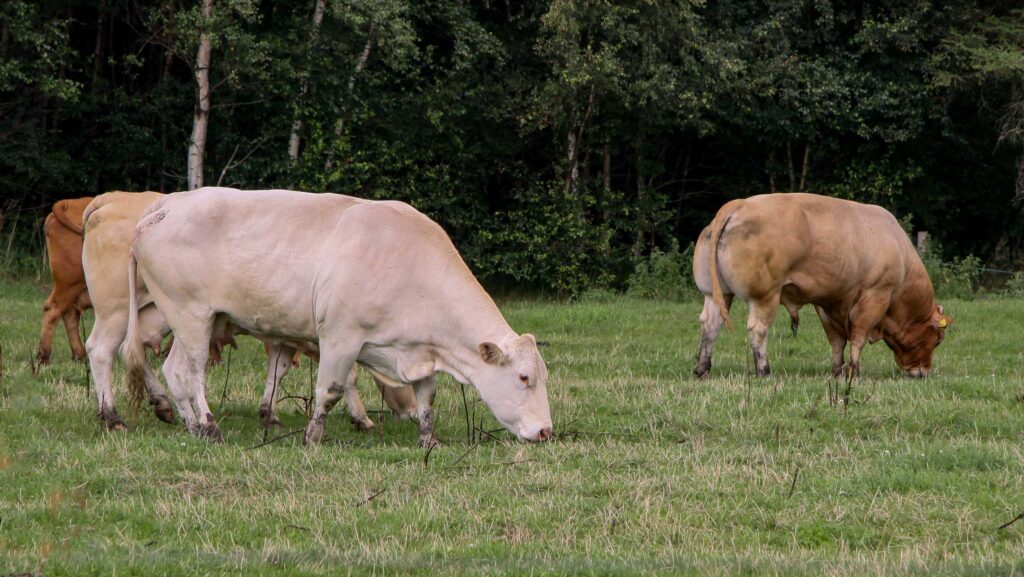New carbon tax to hit Danish livestock farmers
 © Gunnar E Nilsen/Adobe Stock
© Gunnar E Nilsen/Adobe Stock Danish livestock farmers will become the first in the world to be taxed on their greenhouse gas emissions, as their government seeks to deliver on its promise of a 70% reduction in emissions compared with 1990 levels.
Following a new agreement between political parties, farmer representatives and green groups, which is expected to be approved by the Danish parliament in August, farmers will start paying the new tax from 2030.
See also: Pitfalls and opportunities in carbon markets
A basic rate is being set at DKr300/t (£33/t) of carbon dioxide equivalent, rising to DKr750/t (£83/t) from 2035 onwards.
But a 60% deduction is being offered to farmers, meaning their initial carbon tax will be set at DKr120/t (£14/t) of carbon a year.
It has been estimated that the average Danish cow emits a carbon dioxide equivalent of about 6t a year (mostly as methane), putting the new tax at about Dkr720 (£82) per cow.
While these charges will increase in 2035, proceeds of the levy will be returned to farmers in a variety of transition supports, including tree planting and rewilding incentives.
Landowners will also face charges on their fertiliser use and for disturbing carbo-rich soils.
Danish foreign minister Lars Rasmussen told a press conference the new measure was “far sighted” and would strike a balance between “creating more nature” and keeping a “strong, viable agriculture sector”.
Some farmer groups still have reservations, but Soren Sondergaard, chairman of the Danish Agriculture and Food Council, told journalists the new model included enough concessions and opportunities for farmers to benefit.
Commenting on the new tax from a UK perspective, Martin Lines, chief executive of the Nature Friendly Farming Network said:
“Agriculture can and must play a significant role in reducing its own emissions and has the potential to sequester carbon for others.
“A carbon tax should be implemented across all industries, with agriculture taking an active part not only in emission reduction, but also in leveraging the opportunities to be rewarded for carbon sequestration.”
